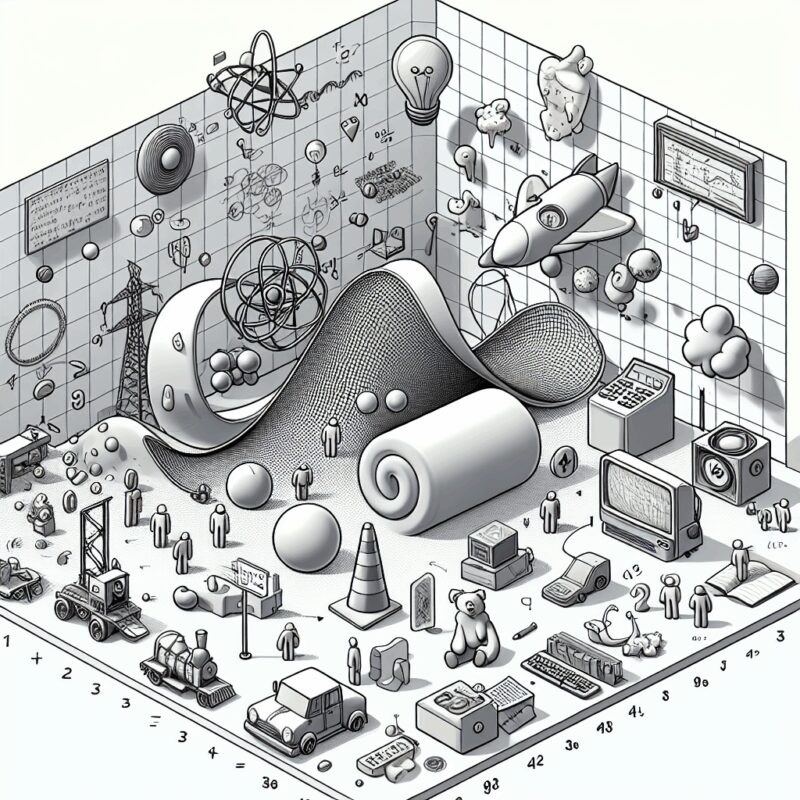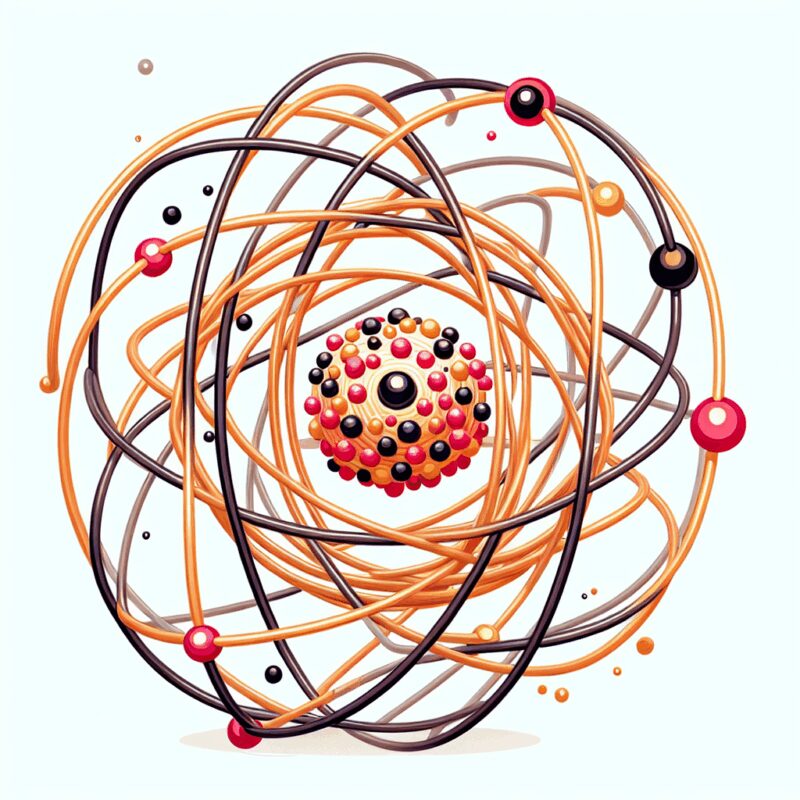Existence and Uniqueness of Navier-Stokes Solutions in Fluid Dynamics
Introduction to Navier-Stokes The Navier-Stokes equations are a set of mathematical equations that describe the motion of fluid substances like water, air, and even honey. Imagine watching how water flows in a river or how smoke swirls up from a candle flame. These equations are like a magical recipe that tells us how these flows … Read more









